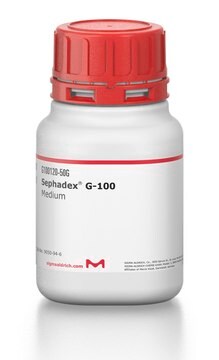T0632
Sodium thioglycolate
≥96.5% (iodometric)
Synonym(s):
Mercaptoacetic acid sodium salt, Thioglycolic acid sodium salt
About This Item
Recommended Products
Quality Level
Assay
≥96.5% (iodometric)
form
powder
color
white to off-white
useful pH range
6.7 (20 °C, 100 g/L)
mp
>300 °C (lit.)
solubility
water: ~609.1 g/L at 20 °C (OECD Test Guideline 105)
storage temp.
−20°C
SMILES string
[Na+].[O-]C(=O)CS
InChI
1S/C2H4O2S.Na/c3-2(4)1-5;/h5H,1H2,(H,3,4);/q;+1/p-1
Looking for similar products? Visit Product Comparison Guide
Application
Biochem/physiol Actions
Caution
Other Notes
Signal Word
Danger
Hazard Statements
Precautionary Statements
Hazard Classifications
Acute Tox. 3 Oral - Acute Tox. 4 Dermal - Aquatic Chronic 3 - Met. Corr. 1 - Skin Sens. 1B
Storage Class Code
6.1C - Combustible acute toxic Cat.3 / toxic compounds or compounds which causing chronic effects
WGK
WGK 3
Personal Protective Equipment
Certificates of Analysis (COA)
Search for Certificates of Analysis (COA) by entering the products Lot/Batch Number. Lot and Batch Numbers can be found on a product’s label following the words ‘Lot’ or ‘Batch’.
Already Own This Product?
Find documentation for the products that you have recently purchased in the Document Library.
Our team of scientists has experience in all areas of research including Life Science, Material Science, Chemical Synthesis, Chromatography, Analytical and many others.
Contact Technical Service

